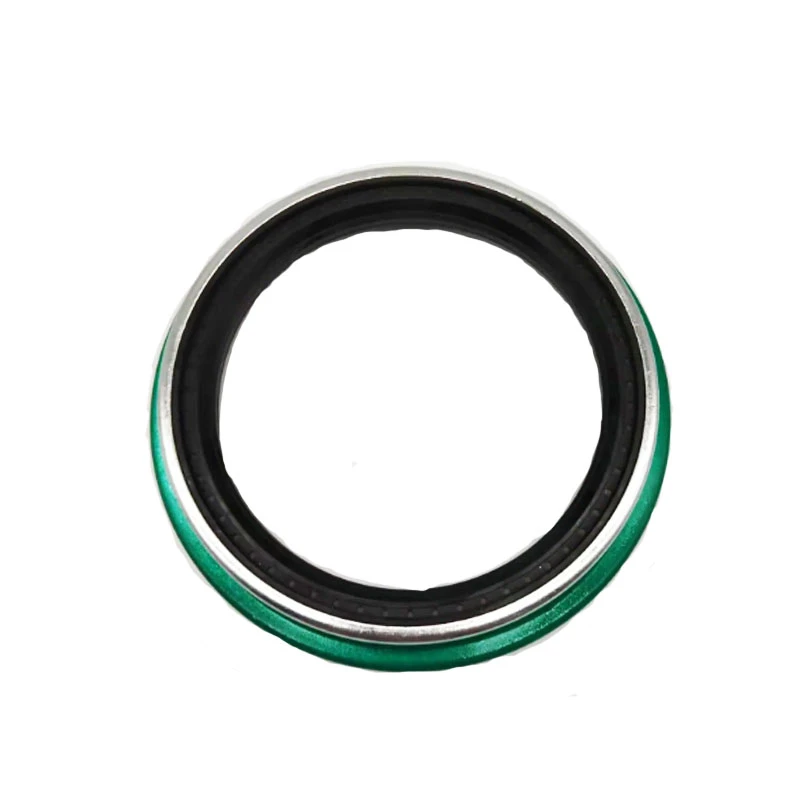boat propeller bearing
Understanding Boat Propeller Bearings Essentials for Performance and Longevity
When it comes to the world of boating, the seemingly simple components can make a significant difference in performance and maintenance. Among these components, boat propeller bearings play a crucial role in ensuring a smooth and efficient operation of the vessel. Understanding their function, types, and maintenance needs can enhance both the performance of your boat and the longevity of its components.
What are Boat Propeller Bearings?
Boat propeller bearings are mechanical devices that support the propeller shaft, allowing it to rotate freely while minimizing friction. They are essential for transferring the power generated by the engine to the propeller, which in turn propels the vessel through the water. Properly functioning bearings are vital for optimal performance, fuel efficiency, and the overall lifespan of the boat's propulsion system.
Types of Propeller Bearings
There are several types of propeller bearings, each designed to meet specific needs based on the boat's design and intended use
. The most common types include1. Spherical Bearings These bearings, often used in larger vessels, accommodate misalignment of the shaft. Their design allows for a certain degree of movement, making them ideal for environments where vibration and stress are factors.
2. Roller Bearings Commonly used in high-load applications, roller bearings can withstand heavier weights while providing lower friction. They are suitable for larger and more powerful boats.
3. Sleeve Bearings Typically made from materials like bronze or plastic, sleeve bearings are effective in smaller boats due to their simplicity and cost-effectiveness. They provide a smooth surface for the propeller shaft to spin against.
boat propeller bearing

4. Thrust Bearings These operate under axial loads, helping to absorb and manage forces coming from the propeller's thrust. They are often used in conjunction with other bearing types for a complete support system.
Maintenance of Boat Propeller Bearings
Regular maintenance of boat propeller bearings is essential to prevent costly repairs and ensure optimal function. Here are some essential maintenance tips
1. Regular Inspection Conduct visual inspections of the bearings for any signs of wear, corrosion, or damage. Pay close attention to the condition of seals and gaskets, as these can prevent water from entering the bearing and causing damage.
2. Lubrication Depending on the type of bearings used, lubrication is crucial for reducing friction and wear. Check the manufacturer’s recommendations for the appropriate type and frequency of lubrication. In many cases, marine-grade grease is used to improve resistance to water and provide protection against corrosion.
3. Alignment Checks Misalignment can lead to premature wear. During routine maintenance, ensure that the propeller shaft is correctly aligned. Any signs of vibration or noise while the vessel is in operation can indicate misalignment issues.
4. Replacement Bearings, like all mechanical components, have a finite lifespan. Depending on usage, it is wise to replace bearings at regular intervals. Monitoring performance and listening for unusual noises can aid in identifying when a replacement is needed.
Conclusion
In summary, boat propeller bearings are a fundamental component of marine propulsion systems that require attention and care for optimum performance. By understanding the types of bearings available and adhering to a regular maintenance schedule, boat owners can enhance the operational efficiency of their vessels and extend the life of critical components. Whether you are a recreational boater or a commercial operator, investing time in understanding and maintaining your boat propeller bearings is an essential part of responsible boat ownership. Prioritizing this aspect of your vessel can lead to smoother sailing and a more enjoyable water experience.
-
Simplifying Oil Changes: A Comprehensive Guide to Oil Drain Plugs and Their Variants
News Aug.04,2025
-
Mastering Oil Drain Maintenance: Solutions for Stripped, Worn, and Upgraded Oil Plugs
News Aug.04,2025
-
Fixing Oil Pan Plug Issues: Leaks, Stripped Nuts, and the Right Replacement Solutions
News Aug.04,2025
-
Everything You Need to Know About Oil Drain Plugs: Sizes, Fixes, and Upgrades
News Aug.04,2025
-
Choosing the Right Oil Drain Plug: A Guide to Sizes, Materials, and Drain Innovations
News Aug.04,2025
-
A Complete Guide to Automotive Drain Plugs: Types, Problems, and Innovative Solutions
News Aug.04,2025
-
The Ultimate Guide to Car Repair Kits: Tools and Essentials Every Driver Should Own
News Aug.01,2025
Products categories















